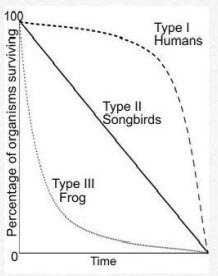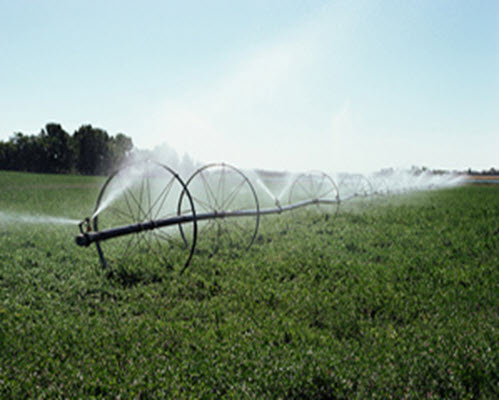Earth Pulse
How does human population growth impact our natural capital? Watch this video to see how population growth in Nevada has affected the state’s natural resources.
Read the article: Rapid Urban Growth Strains Nevada's Natural Resources
Answer
As the population of Nevada has increased, there is more demand for food, water, and energy resources. The demand for these resources has outpaced the natural supply, requiring imports from other states and reducing the supplies that many families who have lived in the area for generations have depended upon.
Answer
Nevada has an arid climate, which isn’t naturally suited to water-intensive farming or human populations that tend to use large amounts of water. Cities and towns in Nevada have the challenge of adjusting their water use to the supply the area can naturally provide.
- Car
In a car, typically only 6% of the high-quality energy found in the gasoline fuel is actually transferred to the drive wheels. That is a loss of 94% energy lost as degraded heat. Engineers are working on ways to improve this.
- Light Bulb
An incandescent light bulb only is able to use 5% of the energy moving through its wires; 95% is lost to the environment as heat. In contrast, a compact fluorescent light bulb has an energy efficiency of close to 70%!
- Energy
The heat in the ocean would be an example of low-quality energy. The heat dispersed in the moving molecules of such a large amount of matter, like the ocean, results in a very low overall temperature. Therefore, the ocean would be considered very low-quality energy.
- Coal
Coal is used to power electricity-generating power plants because it is a high-quality energy source. The energy released when coal is burned is hot and can be converted to other forms of energy, like electricity.
- Wind
Wind is a very high-quality energy source. Wind can be used to do work, like sailing a large boat, or can be converted into electricity in wind turbines.
- Body Heat
Heat radiating from our bodies is a low quality source of energy. We eat high quality food energy and after it’s processed in our bodies for energy to power our bodies, we radiate low levels of heat – a low-quality energy source.
Altering Nature
No one knows exactly what the earth’s carrying capacity is or how close we are to the environmental limits of the planet. What we do know is that human population growth alters nature in ways that limit its ability to sustain us. Click on the images below to see some of the ways that we have altered nature to meet our growing needs.
Reflect:
How does your lifestyle contribute directly or indirectly to environmental degradation?
Identify at least three choices you’ve made and explain how those choices affect the environment.
- (image source: http://commons.wikimedia.org/wiki/File:Kodai-Monoculture_pine_forest_.JPG)
- (image source: https://commons.wikimedia.org/wiki/File:Dreissena_polymorpha.png)
- (image source: https://commons.wikimedia.org/wiki/File:Kalgoorlie_open_cast_mine.jpg)
- (image source: https://commons.wikimedia.org/wiki/File:Penmanshiel_Tunnel_%28coal_train_on_new_alignment%29..jpg)
Vocabulary & Concept Review
Let's practice using some of the energy units and equations learned in the tutorial with a free response question like what you might find on the AP exam for this subject.
- Children as part of labor force
- Cost of raising children
- Urbanization
- Educational and employment opportunities for women
- Infant mortality rate
- Average age of marriage
- Availability of legal abortions
- Religious beliefs, traditions, cultural norms
- Availability of pension funds
- Food supply and distribution
- Nutrition
- Sanitation
- Access to medical care
- Safe water supplies
- Drug use
- Teenage birth rate

Stage 1: Preindustrial-little access to technology, health care, food, education.
Stage2: Transitional-food production and health improves, rapid population growth.
3. Industrial-efficient food production, better employment, education, health care.
4. Postindustrial-population declines, aging population
Text Version
Review
As you read the text, keep an eye out for the answers to the following questions. Use the reading guide worksheet to take notes as you go along.
- How many people can the earth support?
- What factors influence the size of the human population?
- How does a population’s age structure affect its growth or decline?
- How can we slow human population growth?
 Graded Assignments
Graded Assignments
Congratulations on completing this section! In this section you learned about:
- Factors that influence the size and rate of growth of the human population.
- Ways to decrease the population growth rate.
- The potential environmental and economic effects of human overpopulation.
Please return to your Schoology classroom L1 - Impact of the Human Population folder to complete any graded assignments for this section.



